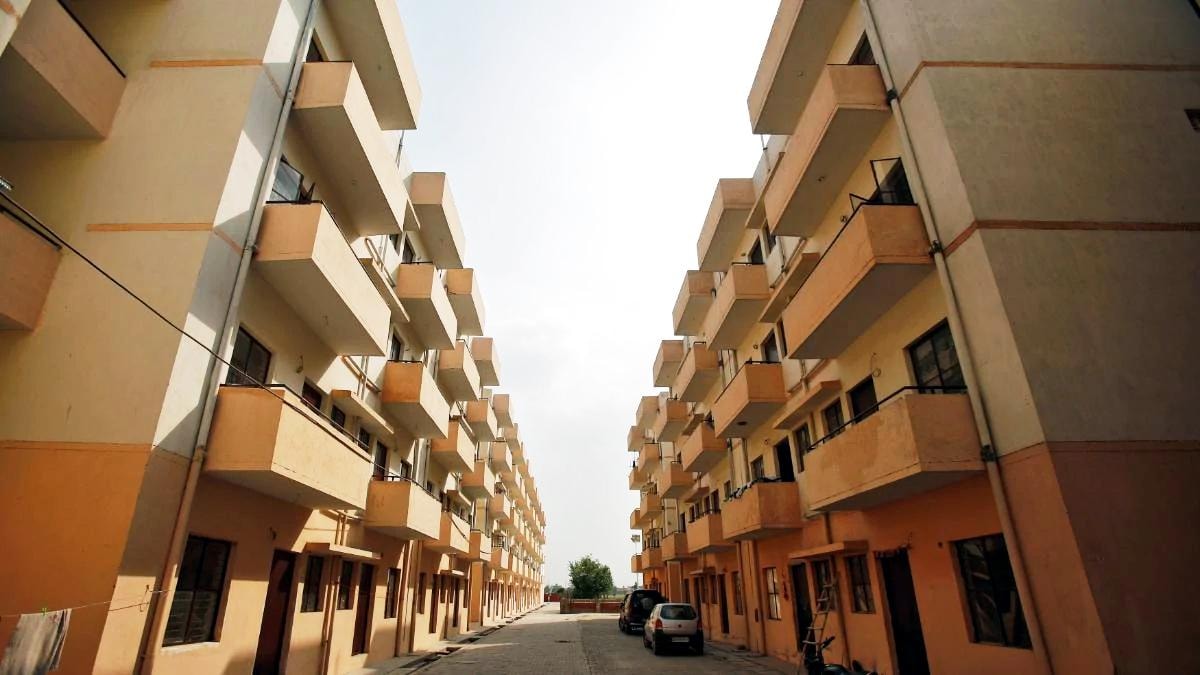‘Housing for All’ has been one of the top priorities of the Central Government over the past few years. With an aim to bring forth this idea to life, the government launched the PMAY or Pradhan Mantri Awas Yojana scheme. This scheme is specially curated to offer affordable housing among the urban poor of the country. As part of the implementation, the Centre has commissioned the government authorities of each state to undertake the project. Odisha is one of the many states that is implementing the PMAY-G scheme.
The central government aims to fulfil the goal of ‘Housing for All’ by March 2022 and each state must complete construction by the stated deadline. However, Odisha is nowhere close to fulfilling the same within the stipulated time frame. With only 10 months left to achieve the goal, the state has completed only 62 % of the total construction under the PMAY-G.
As per a report released by the Ministry of Rural Development, the state has successfully undertaken the construction of 15,10,010 houses. This number is a part of the total cumulative target of 24,23,012 houses that the state must meet.
The Pradhan Mantri Awas Yojana was launched on the 20th of November 2016. As part of this restructured rural housing scheme, homeless rural families or those living in ‘Kutcha’ houses should be provided with ‘pucca’ houses. These homes must include basic amenities that provide the beneficiaries with a decent standard of living.
Pradhan Mantri Awas Yojana-Gramin: Key Factors
- All homeless persons or those living in dilapidated constructions are eligible for the PMAY-G scheme as per the SECC 2011 data.
- The minimum size of each unit should be 25 sq. mt. This space also includes a dedicated area for hygienic cooking.
- The assistance of Rs1.20 lakh is provided for units in plains and Rs1.30 lakh in hill stations, difficult areas, and IAP districts.
- The scheme has been targeted in two phases.
Controversial Beneficiary Selection
The PMAY-G selection of beneficiaries is made through a three-step validation process. These include the Socio-Economic Caste Census 2011, Gram Sabha, and Geo-Tagging to ensure the selection of the poorest persons within a state. However, Odisha came under the controversial light post the detection of ineligible persons getting access to the scheme. This issue with the selection process was spotted through the large permanent waitlist that is prepared by the state’s Panchayati Raj Department.
Progress So Far
A recent Ministry of Rural Development (MoRD) review carried out as part of the yearly action plan for 2021-22 revealed that the state has undertaken the construction of 9,21,941 homes against the target of 9,92,558 homes in Phase-I of the scheme implementation. In Phase-II, a total of 5,80,534 homes were completed against the target of 14,30,454 homes by February 2021.
Request for More Time
Odisha chief minister Naveen Patnaik has requested Prime Minister Narendra Modi for an additional sanction to cover the people left out on the permanent waitlist. He has asked for a total sanction of 14.94 lakh special houses that will be directed towards the housing of the 7.87 lakh Cyclone Fani-affected families and 6.07 lakh eligible beneficiaries.
The state currently holds an unspent balance of Rs1,396 crore and the Centre has sanctioned a total of Rs1,524 crore for the fiscal year. A total of Rs3,000 has been reserved for the purpose of increasing rural housing in the state.
The Odisha state ministry has also claimed that the scheme was positively used during the pandemic as a means of employment for migrant workers who returned to their respective villages.
The PMAY scheme has significantly contributed to making housing more affordable for beneficiaries. A larger number of populations can effectively take advantage of the scheme owing to the home loan subsidy offered through the same. Visit Finserv MARKETS to know more about PMAY and how you can make the best of this housing facility.








